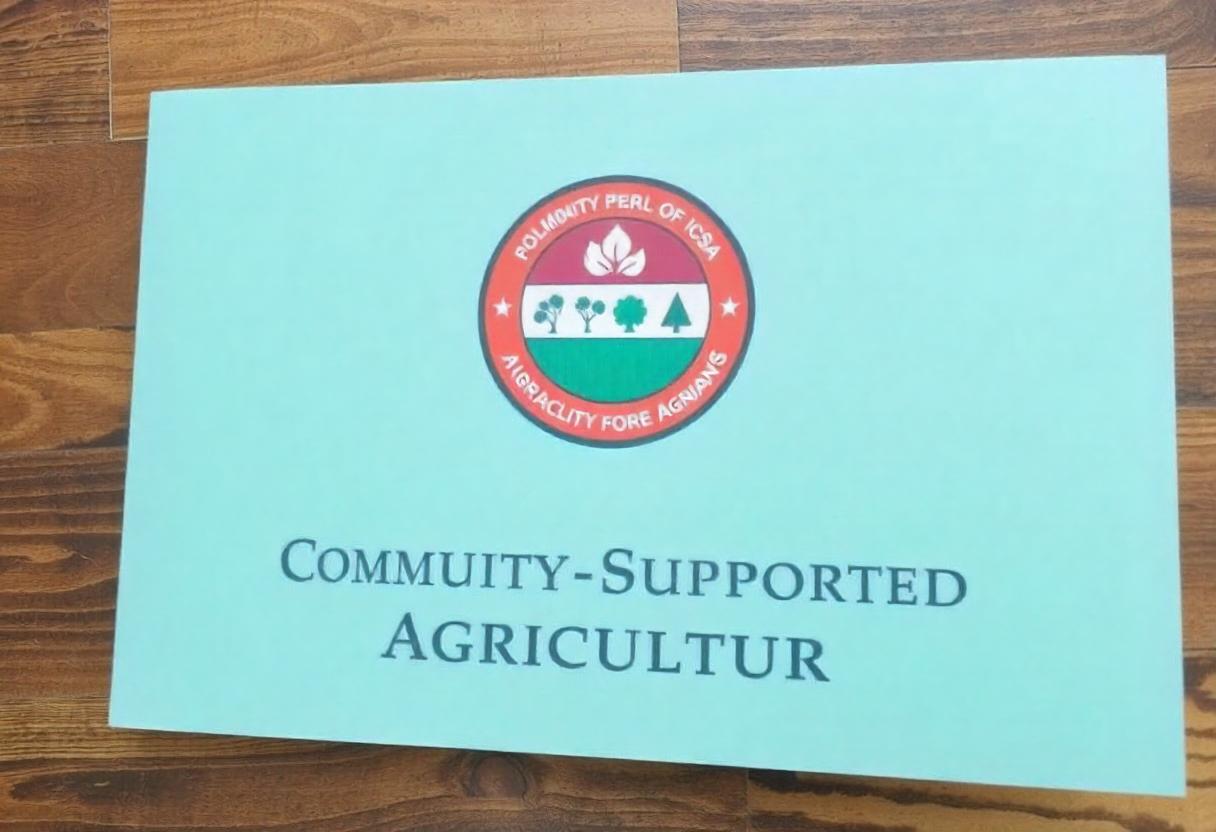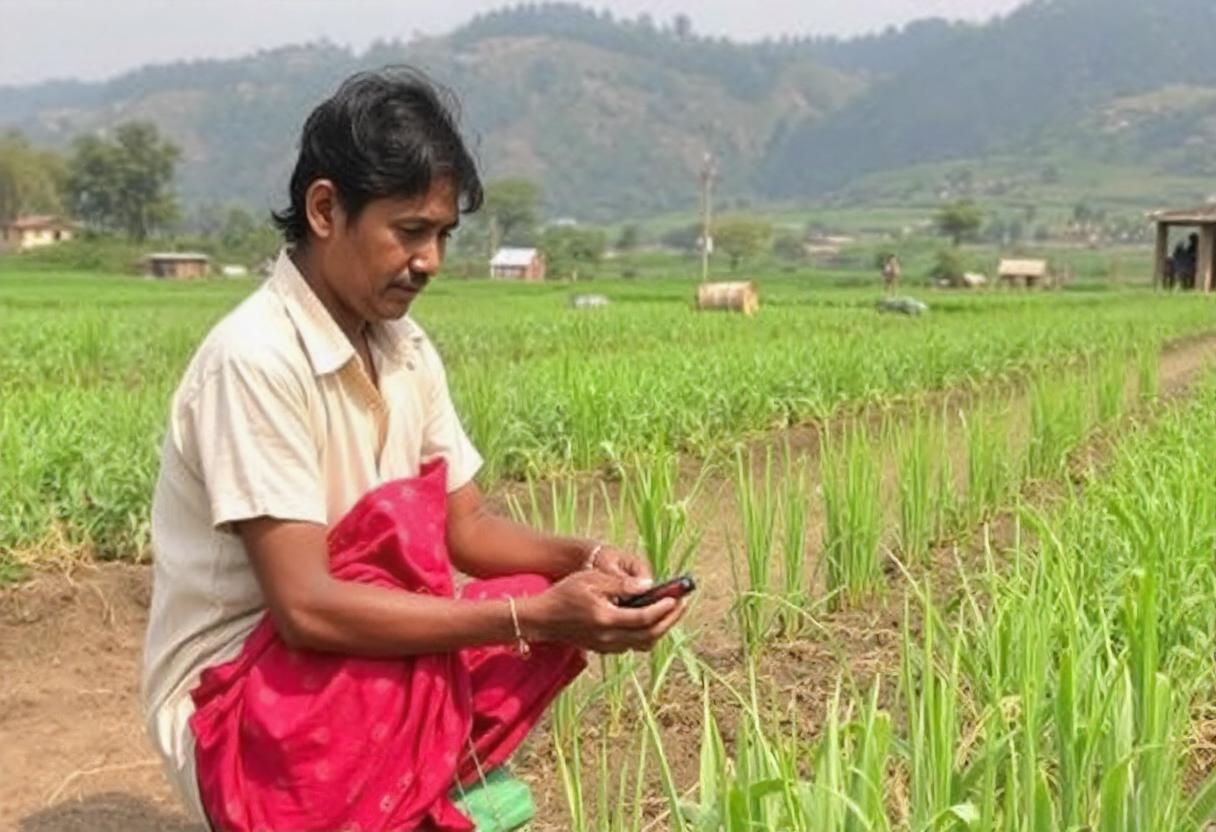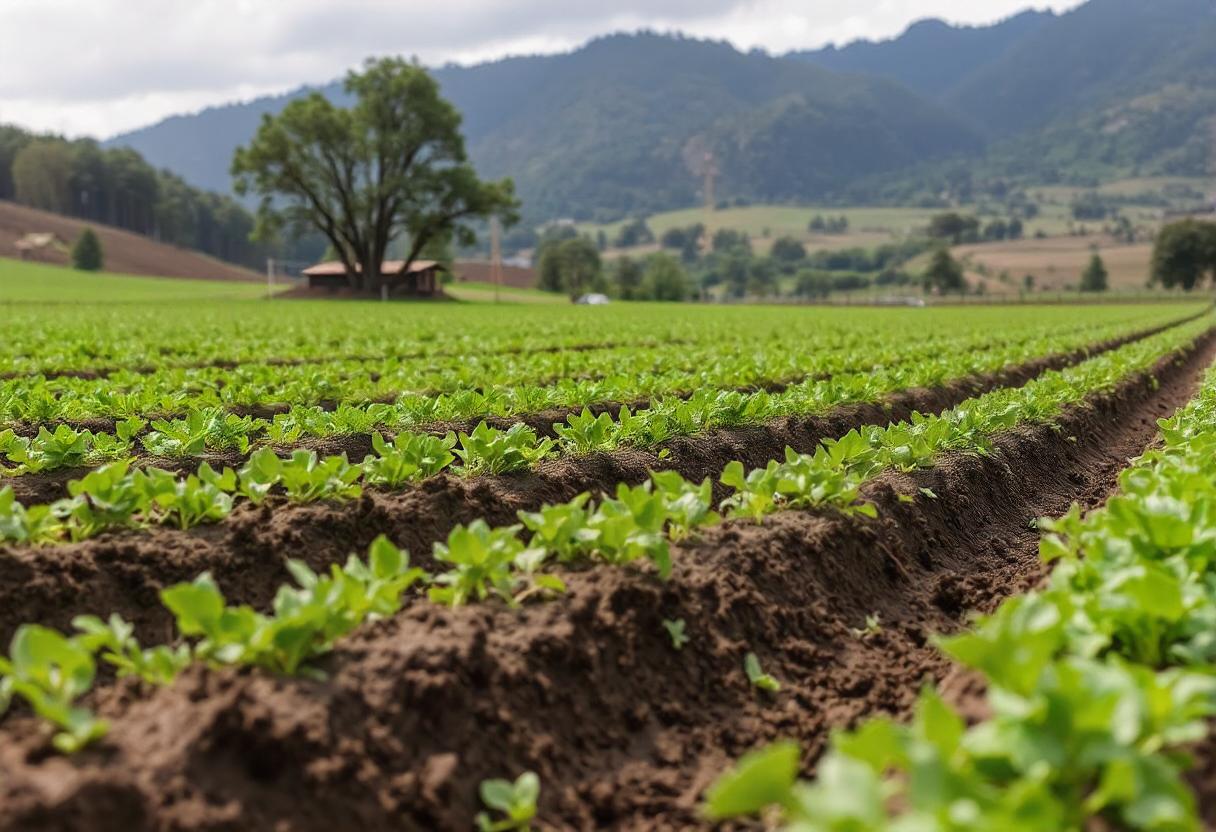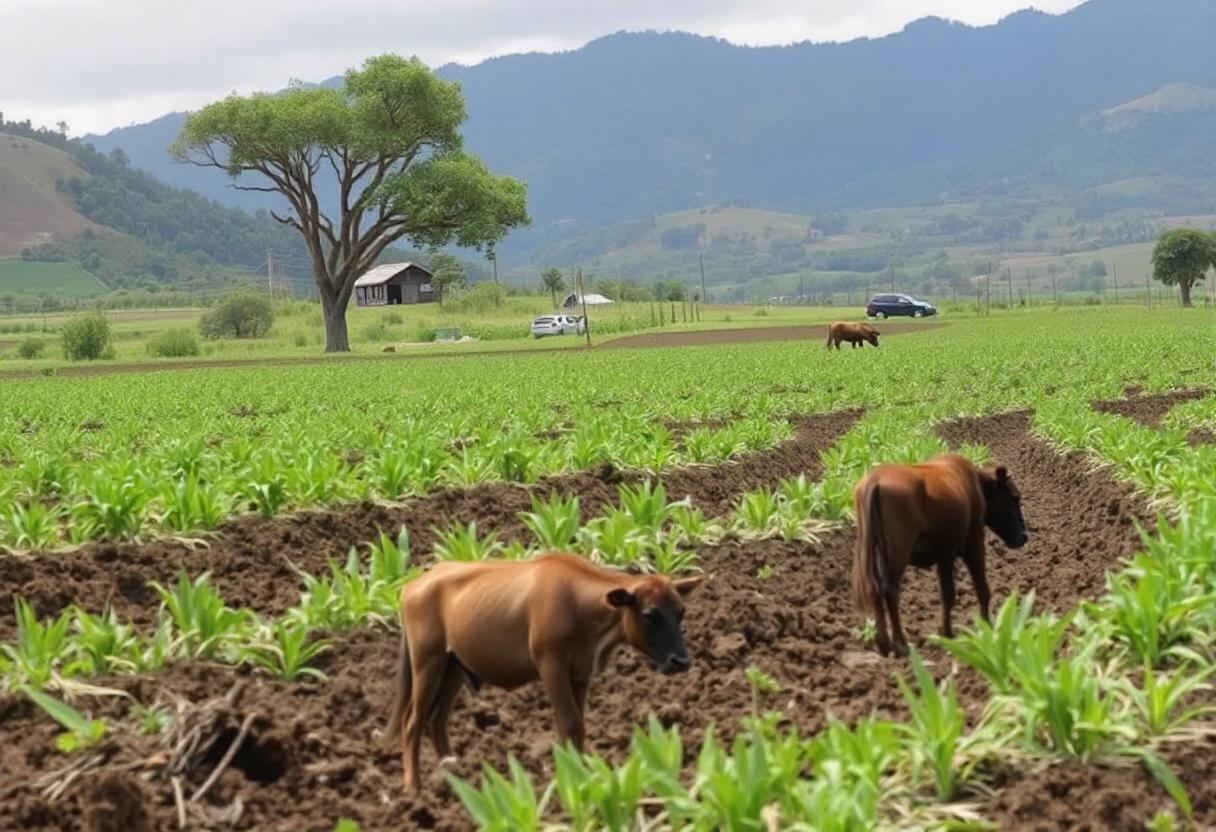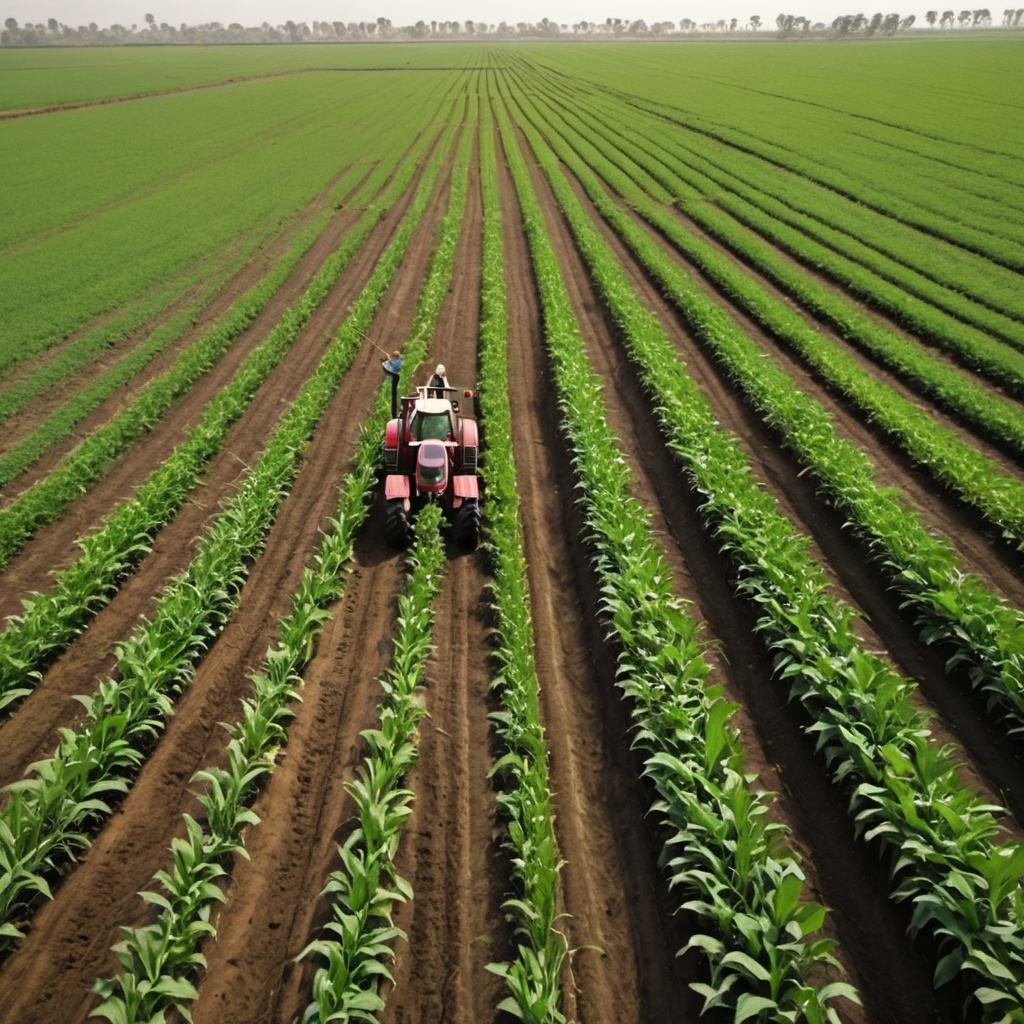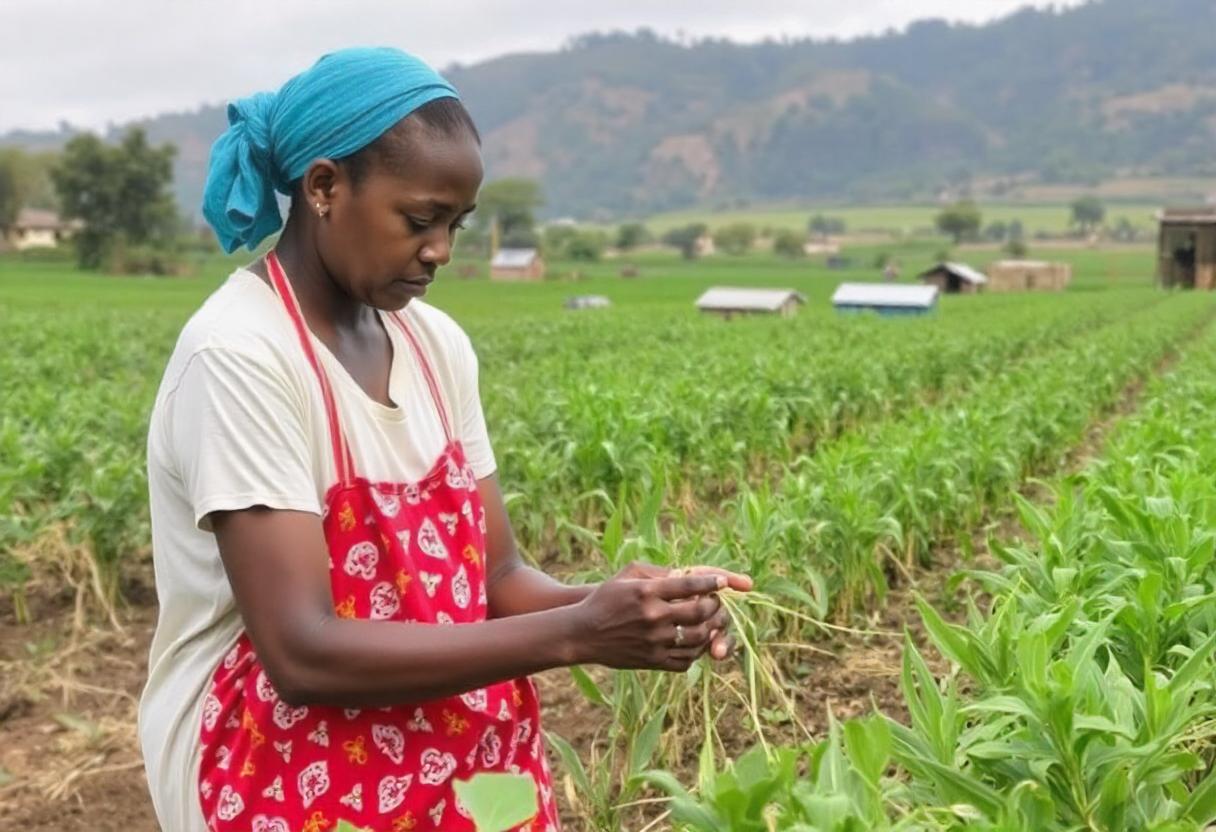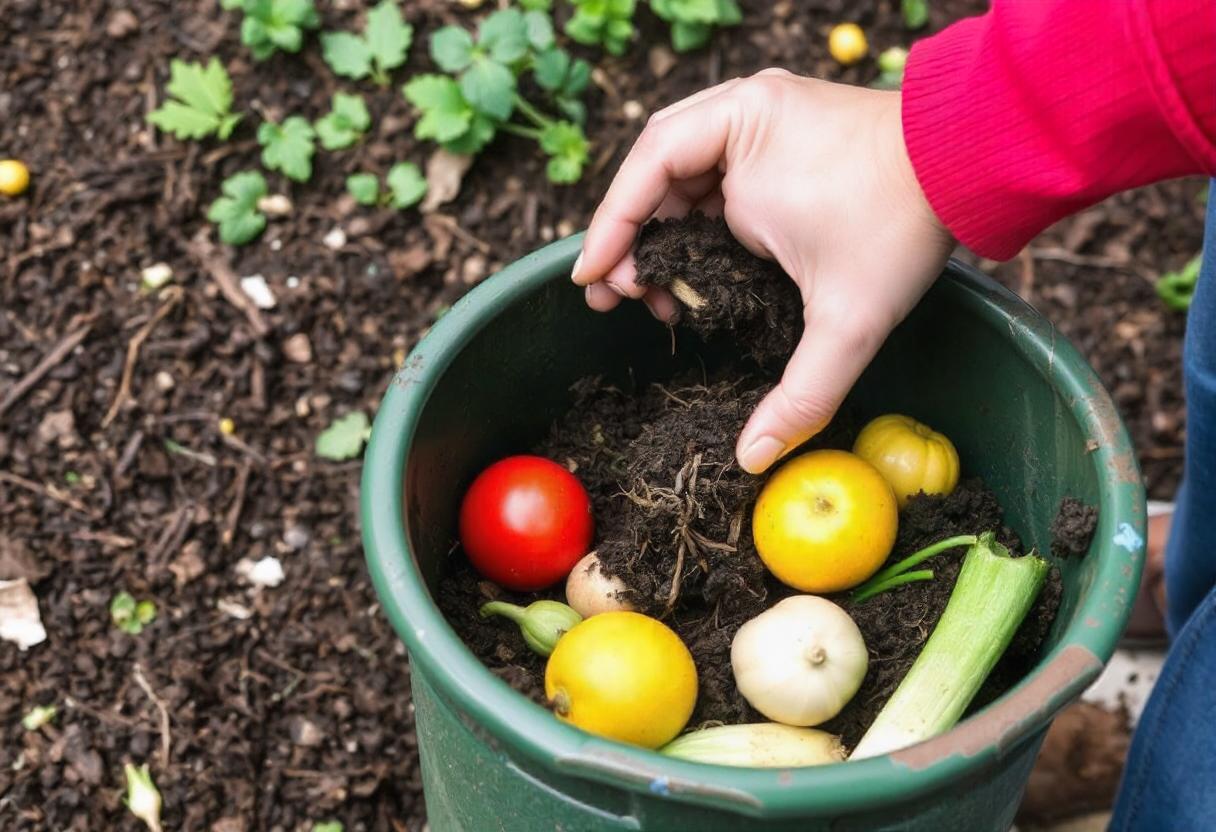Community-Supported Agriculture (CSA)
Community-Supported Agriculture (CSA) is a model of food production and distribution that directly connects farmers with consumers. This system fosters local food networks by offering a subscription-like service where consumers receive regular deliveries or pickups of fresh, seasonal produce from a nearby farm. The Origins of
Learn MoreAlternative Protein Sources (Insect Farming, Plant-Based Proteins)
As the global population continues to grow, there is an increasing demand for sustainable and alternative protein sources. Traditional animal farming has raised concerns regarding its environmental impact, land use, and overall sustainability. This has led to the exploration of various protein alternatives, including insect farming
Learn MoreAgriculture And Rural Poverty Alleviation
Agriculture has long been seen as a key tool for reducing poverty in rural areas. It not only provides food and employment but also serves as the foundation for economic development in many regions. In many developing countries, agriculture is a primary source of livelihood, and
Learn MoreCarbon Sequestration In Agriculture
Carbon sequestration in agriculture refers to the process of capturing and storing atmospheric carbon dioxide (CO2) in soil, plants, and other agricultural ecosystems. This practice helps mitigate climate change by reducing the amount of CO2 in the atmosphere. Agriculture plays a critical role in global carbon
Learn MoreNutrient Management In Agriculture
Nutrient management is a critical component of sustainable agriculture, ensuring that crops receive the right amount and type of nutrients for optimal growth while minimizing environmental impacts. The practice involves balancing the input of nutrients with crop needs and environmental considerations, promoting healthy soil, efficient use
Learn MoreAgriculture And Biodiversity Loss
Understanding Biodiversity in Agriculture Biodiversity refers to the variety of life forms in a particular habitat or ecosystem, including plants, animals, fungi, and microorganisms. In agriculture, biodiversity encompasses the diversity within and between species of crops, livestock, and other organisms that contribute to agricultural systems. It
Learn MoreAgriculture
Agriculture is the practice of cultivating soil, growing crops, and raising animals to produce food, fiber, medicinal plants, and other products essential for sustaining human life. As one of the oldest and most fundamental human activities, agriculture has evolved from simple subsistence farming to complex, technology-driven
Learn MoreFood Sovereignty And Indigenous Farming Practices
Food sovereignty emphasizes the right of communities to control the way food is produced, distributed, and consumed, prioritizing local needs over global market demands. Indigenous farming practices, rooted in centuries-old traditions, play a vital role in achieving food sovereignty. These methods promote sustainability, biodiversity, and the
Learn MoreSocial Impact Of Agriculture On Rural Communities
Agriculture plays a crucial role in shaping the social fabric of rural communities. Its impact extends beyond mere economic contributions, influencing various aspects of daily life, social structures, and community development. Employment Opportunities Agriculture is a primary source of employment in many rural areas. It provides
Learn MoreComposting And Organic Waste Management
Understanding Composting Composting is a natural process of recycling organic matter, such as food scraps and yard waste, into a nutrient-rich soil amendment known as compost. This process involves the decomposition of organic materials by microorganisms, including bacteria, fungi, and insects. These organisms break down the
Learn More